Waiting Around for a Bloom
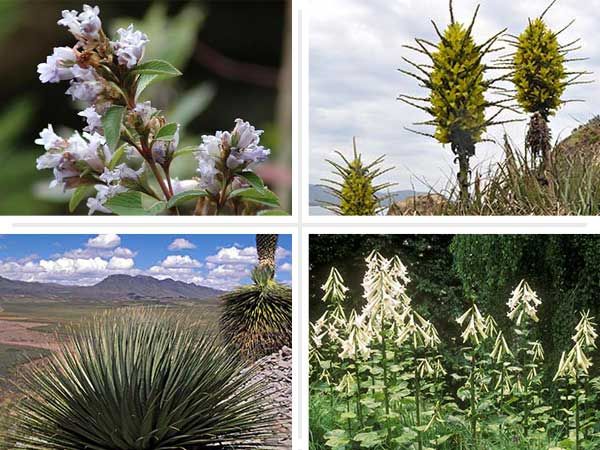
September 15, 2015
Earlier this year, the Denver Botanical Garden pointed a web camera at the corpse flower growing in their greenhouse. The live stream captured the massive flower as it opened, revealing its petal and, fortunately for web viewers, not its, uh, peculiar scent (more on that later). Why all the fuss? The seemingly simple act of a corpse flower blooming can take up to 20 years. Here are some other plants that can take a long, long time to flower.
Queen of the Night
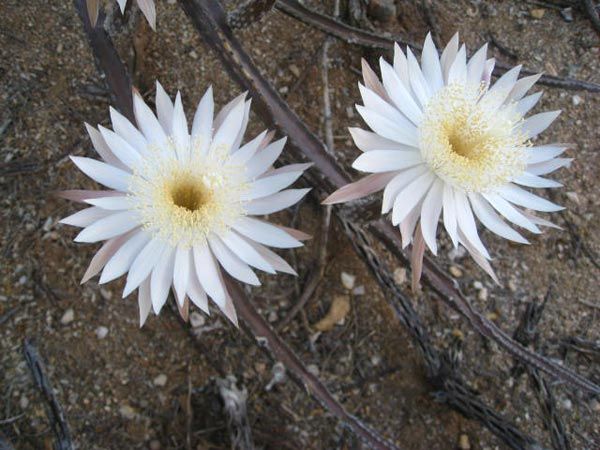
(Peniocereus greggii)
For 364 days of the year this member of the cactus family, found in areas of western Texas down to southern Arizona, resembles a dead bush. But for one night in the middle of summer it opens with trumpet-shaped, creamy-white flowers up to 8 inches wide.
Corpse Flower
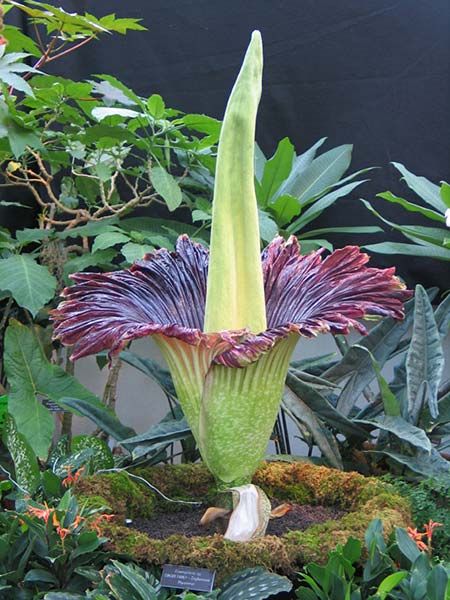
(Amorphophallus titanum)
The smell emanating from the corpse flower has been described as resembling that of rotting meat. Fitting, as the scent attracts the carrion beetle, which is the plant’s primary pollinator. The flower, native to the rainforests of central Sumatra, blooms once every 8 to 20 years, but when it does it opens up to 5 feet wide, or more, with a single dark-purple petal under a tall central stalk.
Kurinji

(Strobilanthes kunthiana)
When the kurinji shrub, native to southern India, blooms, it turns large swaths of hillside bluish purple. That happens about once every 12 years because the plant synchronizes its reproductive phase as a survival mechanism, flooding the area with new plants in order to outnumber predators, such as wildebeests.
Talipot Palm
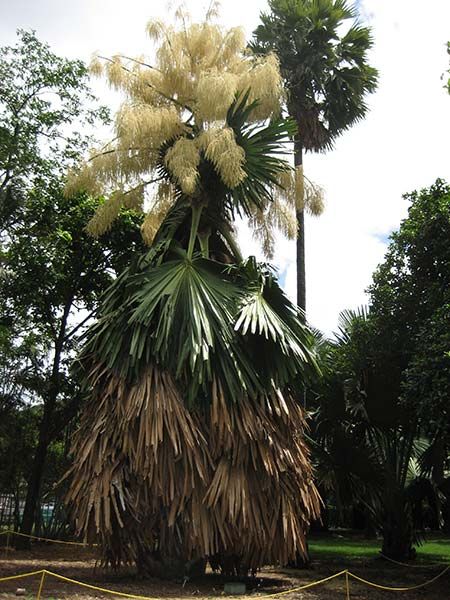
(Corypha umbraculifera)
The beautiful show of 16-foot-tall flowers that rise above the talipot comes at a steep price. The tropical palm, found in Sri Lanka and India, can live up to 75 years, but it flowers just once in that time, and then dies. The sturdy leaves are used for fans or to make thatch roofing.
Queen of the Andes
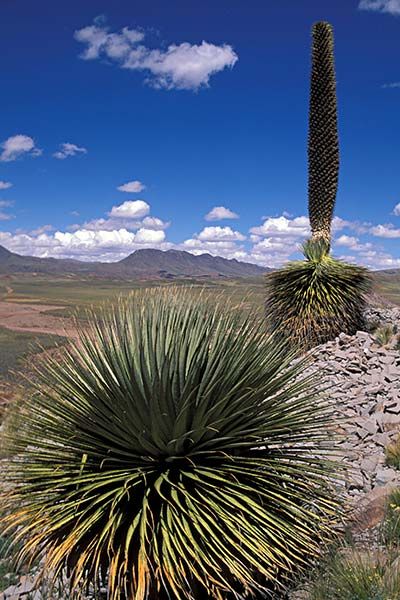
(Puya raimondii)
Every 80 to 100 years, this Queen, found in Peru and Bolivia, puts on a show with a flower spike that reaches up to 30 feet high. The plant’s stalk is actually made up of 30,000 individual smaller flowers, and, like most members of the bromeliad family, which also includes pineapples, Queen of the Andes dies after flowering.
Sheep Eater
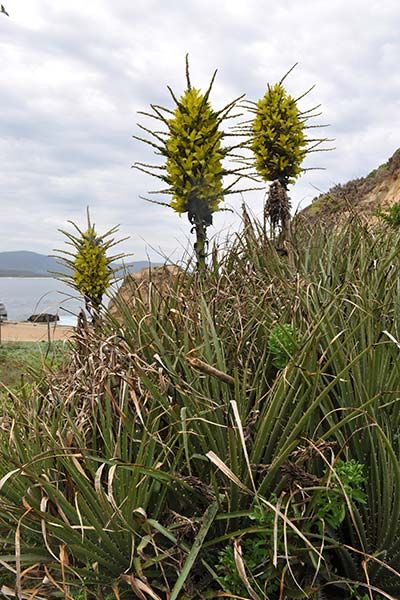
(Puya chilensis)
Native to Chile, this thorny plant snares sheep and birds that get too close. The animals die from lack of food and eventually decay at the base of the plant, becoming natural fertilizer. The 10-foot-tall plant can take up to 11 years to bloom, when its top fills with dozens of green-yellow flowers.
Giant Himalayan Lily

(Cardiocrinum giganteum)
Massive white-and-purple trumpet-shaped flowers appear from the 10-foot-tall plant after about seven years. When not in bloom, the lily, which grows in the Himalayas, is a mass of glossy green leaves. The parent plant dies after flowering but leaves behind several smaller bulbs.
Century Plant
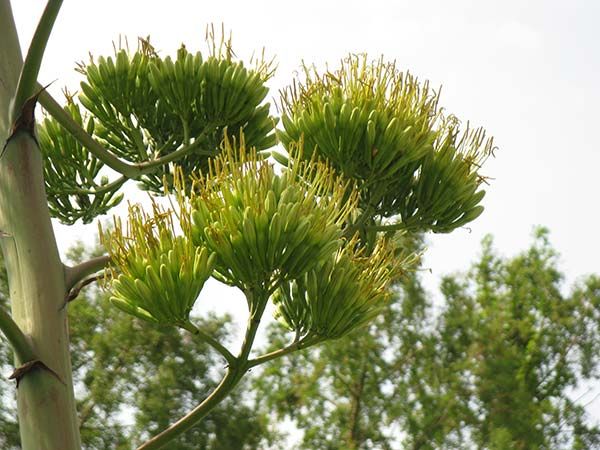
(Agave americana)
Despite the name, century plant typically blooms sometime between year 10 and year 25. The succulent, native to Mexico, forms a rosette that can reach 10 feet wide, made up of thick, gray-green leaves tipped with spines. A single flower stalk grows from the base, reaching 30 feet high and blooming with greenish-yellow flowers before the plant dies.
